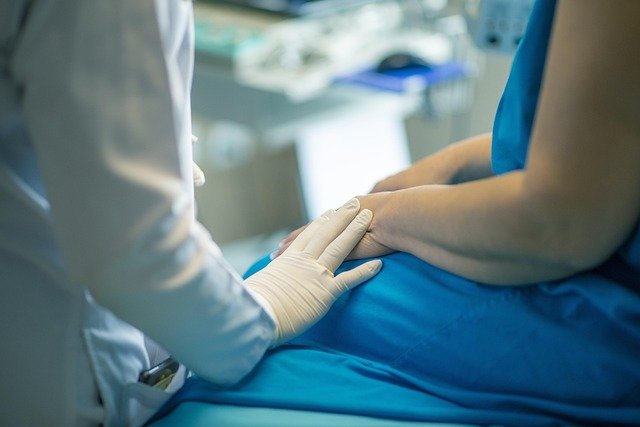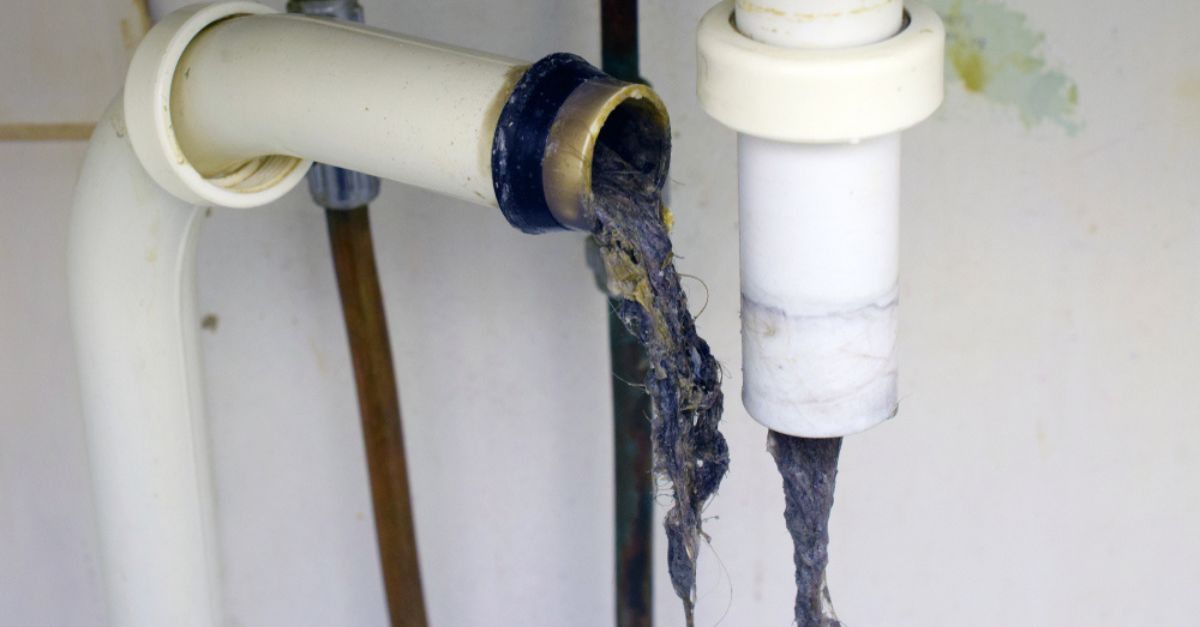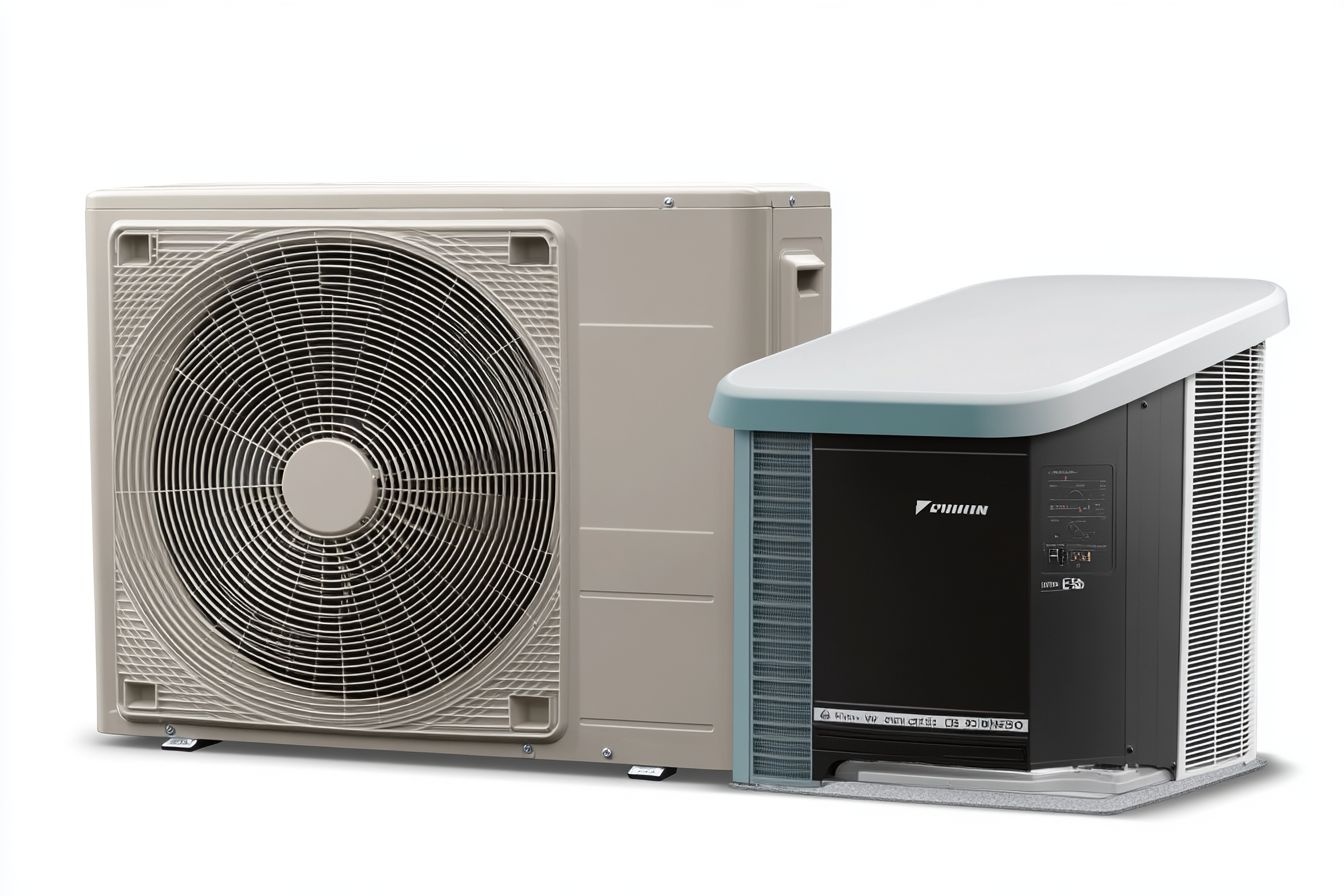Do you think varicose vein treatment is painful and too expensive? Discover how modern methods are much more comfortable and affordable than most people imagine.
Many people live with varicose veins because they fear treatment will be painful or too costly. However, today’s techniques are surprisingly gentle and, in many cases, more affordable than expected. This article explains how modern medicine has transformed vein care, offering less invasive, more comfortable options that help restore confidence and quality of life.

How have varicose vein treatments evolved over time?
The fear of pain associated with varicose vein treatments often stems from outdated ideas about the procedures. Historically, varicose vein treatment involved invasive surgeries that required lengthy recovery periods and caused significant discomfort. However, medical advancements have led to the development of minimally invasive techniques that are far more comfortable for patients. These modern methods typically involve smaller incisions, less tissue damage, and reduced recovery times compared to traditional surgical approaches.
What are the latest techniques for treating varicose veins?
Today, there are several less invasive and quicker techniques available for treating varicose veins. Some of the most popular modern methods include:
-
Endovenous laser treatment (EVLT): This procedure uses laser energy to seal off problematic veins.
-
Radiofrequency ablation: Similar to EVLT, this technique uses radiofrequency energy to close off varicose veins.
-
Sclerotherapy: A solution is injected into the affected veins, causing them to collapse and eventually fade.
-
VenaSeal: This method uses a medical adhesive to seal off varicose veins.
These procedures are typically performed on an outpatient basis and often require only local anesthesia, significantly reducing discomfort and recovery time.
Are modern varicose vein treatments really more comfortable?
Modern varicose vein procedures are indeed often more comfortable than expected. Patients frequently report minimal pain during and after these treatments. Most individuals can return to their normal activities within a day or two, with some even resuming work the same day as their procedure. The use of local anesthesia and precise targeting of affected veins means that surrounding tissues are minimally disturbed, leading to less post-procedure pain and bruising.
How do the costs of varicose vein treatments compare to traditional methods?
While the cost of varicose vein treatment can vary depending on the specific procedure and individual case, modern techniques often offer more affordable options compared to traditional surgical approaches. The reduced need for general anesthesia, shorter procedure times, and minimal hospital stays contribute to lower overall costs. Additionally, many insurance plans now cover these treatments when deemed medically necessary, further increasing their accessibility.
What factors influence the cost of varicose vein treatments?
Several factors can affect the cost of varicose vein treatments:
-
The type of procedure chosen
-
The number of veins requiring treatment
-
The expertise of the healthcare provider
-
Geographical location
-
Insurance coverage
It’s important to note that while upfront costs may seem higher for some modern treatments, their effectiveness and reduced need for follow-up procedures can make them more cost-effective in the long run.
How can patients find affordable varicose vein treatment options?
Alternatives exist to fit different budgets for varicose vein treatments. Patients can explore various options to make these procedures more affordable:
-
Consult with multiple providers to compare treatment plans and costs
-
Check with insurance providers about coverage options
-
Inquire about payment plans or financing options offered by healthcare providers
-
Consider seeking treatment at teaching hospitals or medical schools, which may offer reduced rates
-
Look for clinical trials in the area that may provide treatment at lower or no cost
| Treatment Type | Average Cost Range | Key Benefits |
|---|---|---|
| Sclerotherapy | $200 - $800 per session | Minimally invasive, quick procedure |
| Endovenous Laser Treatment | $2,000 - $6,000 | Highly effective, minimal downtime |
| Radiofrequency Ablation | $2,000 - $5,000 | Less pain, quick recovery |
| VenaSeal | $3,000 - $7,000 | No need for compression stockings post-procedure |
Prices, rates, or cost estimates mentioned in this article are based on the latest available information but may change over time. Independent research is advised before making financial decisions.
Modern varicose vein treatments have made significant strides in addressing both the pain and cost concerns that have historically deterred many patients from seeking help. With less invasive techniques, quicker recovery times, and a range of options to suit different budgets, these treatments are now more accessible than ever. Patients considering varicose vein treatment should consult with healthcare professionals to explore the most suitable and cost-effective options for their individual needs. As medical technology continues to advance, we can expect even more comfortable and affordable solutions for varicose vein treatment in the future.
This article is for informational purposes only and should not be considered medical advice. Please consult a qualified healthcare professional for personalized guidance and treatment.




